21. June, 2025delish0
Barcode ribbon slitters help companies significantly reduce waste and save costs by accurately slitting and optimizing the use of materials, which is reflected in the following aspects:
1. Precise slitting to reduce material waste
• Cut-on-demand: Traditional large coil ribbons are prone to waste due to size mismatch when used directly, and the slitter can accurately cut to the required width to avoid overuse.
• Reduction of leftovers: High-precision slitting technology (such as laser or CNC blades) controls scrap at 1%-3%, while manual slitting can produce 5%-10% waste.

2. Reduce inventory costs
• Flexible adaptation to demand: Enterprises do not need to hoard a variety of ribbons, they only need to purchase large rolls of raw materials, cut them according to actual needs, and reduce the occupation of inventory funds.
• Reduced risk of expiration: Carbon belts have a lifespan and can be used as needed after slitting to avoid material failures due to overstocking.
3. Improve production efficiency
• Quick format change: The slitter can quickly adjust the parameters (such as width and length) to adapt to different label printing needs and reduce downtime and material change.
• Automatic operation: reduce the error and inefficiency of manual slitting, one slitting machine can process hundreds of meters of ribbon per hour, and the efficiency is 5-10 times that of manual work.

4. Reduce labor costs
• Replace repetitive labor: Automated slitting reduces the dependence on skilled workers, and 1 machine can replace 2-3 workers, saving long-term salary expenses.
• Reduced training costs: Operators only need simple training to get on the job, reducing skill dependence.
5. Optimize the efficiency of ribbon use
• Match label size: The ribbon is exactly matched to the label after slitting, avoiding edge loss due to excessive width (e.g., 20% waste when a 10cm ribbon is used for an 8cm label).
• Reduced printhead wear: Precise slitting avoids ribbon drift and extends printhead life (30%-50% reduction in replacement frequency).
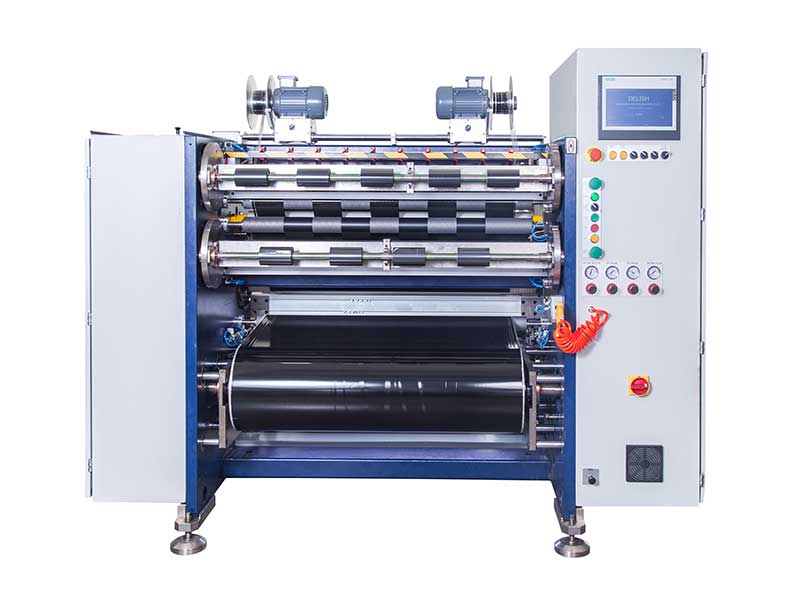
6. Environmental protection and sustainability
• Reduce waste disposal costs: The slitted waste is easier to recycle, and some manufacturers can buy back the leftovers for re-smelting, further reducing the waste disposal costs.
• Comply with environmental regulations: Reducing waste lowers your company's carbon footprint and avoids fines for excess waste.
Refer to actual cases
After a logistics label manufacturer introduces a slitting machine:
• 25% reduction in ribbon procurement costs (through bulk procurement of raw material rolls);
• 40% reduction in inventory occupancy;
• 30% increase in productivity (less frequent roll changes).
summary
Through precise slitting, automated operation and inventory optimization, the barcode ribbon slitting machine helps enterprises directly reduce material waste by 10%-30%, while indirectly reducing labor, warehousing and equipment maintenance costs. For companies that use ribbons frequently (e.g., logistics, retail, manufacturing), investing in a slitter machine can usually pay for itself within 6-12 months through cost savings.




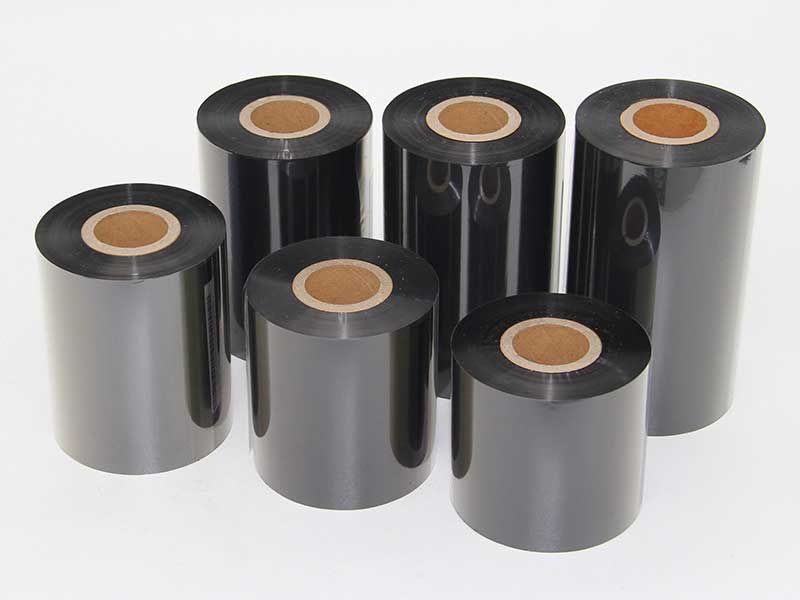
 Fully Automatic TTR Slitter RSDS8 Plus
Fully Automatic TTR Slitter RSDS8 Plus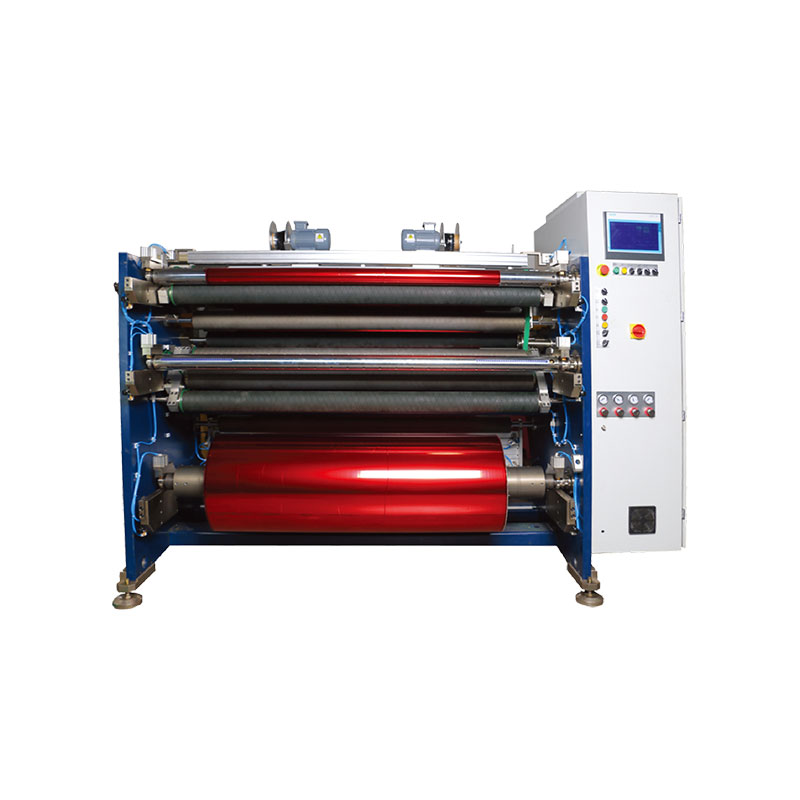 Hot Stamping Foil Slitter 1600mm
Hot Stamping Foil Slitter 1600mm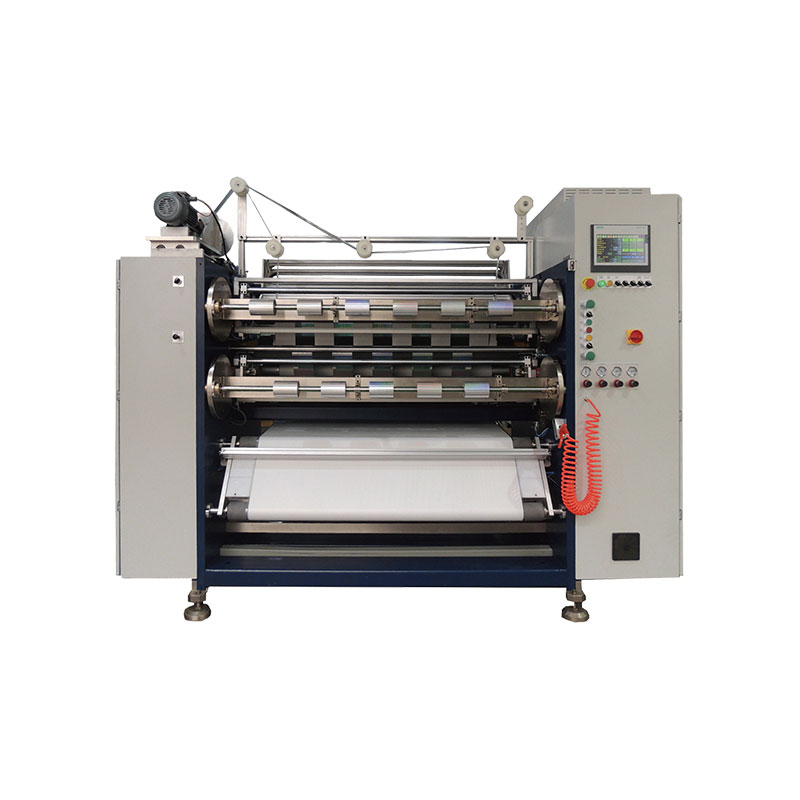 Hot Stamping Foil Slitter (4 Shafts)
Hot Stamping Foil Slitter (4 Shafts)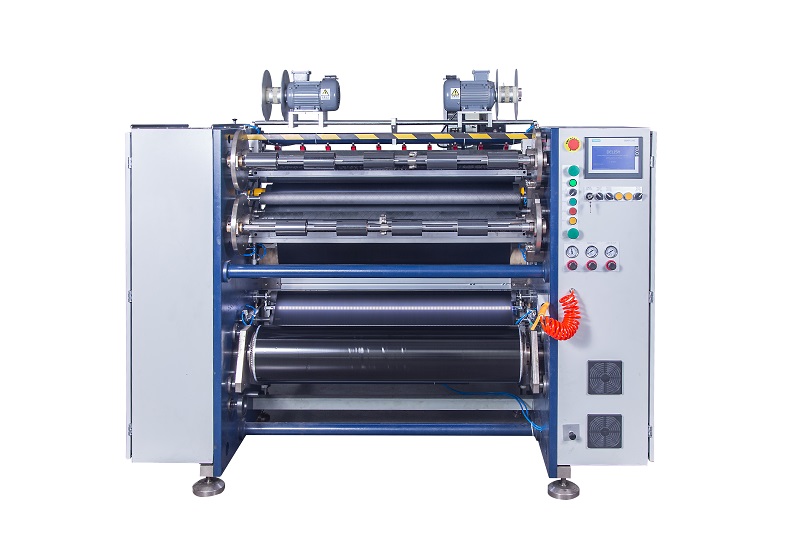 Semi-Auto TTR Slitter RSDS2 Plus
Semi-Auto TTR Slitter RSDS2 Plus Semi Automatic TTR Slitter RSDS5 Plus
Semi Automatic TTR Slitter RSDS5 Plus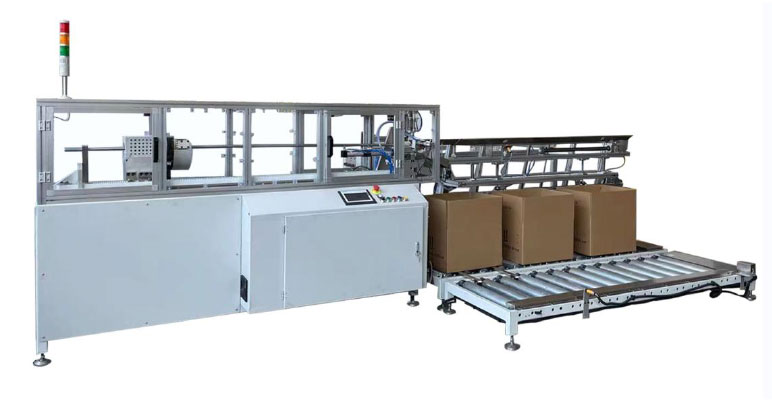 Auto Paper Core Cutter
Auto Paper Core Cutter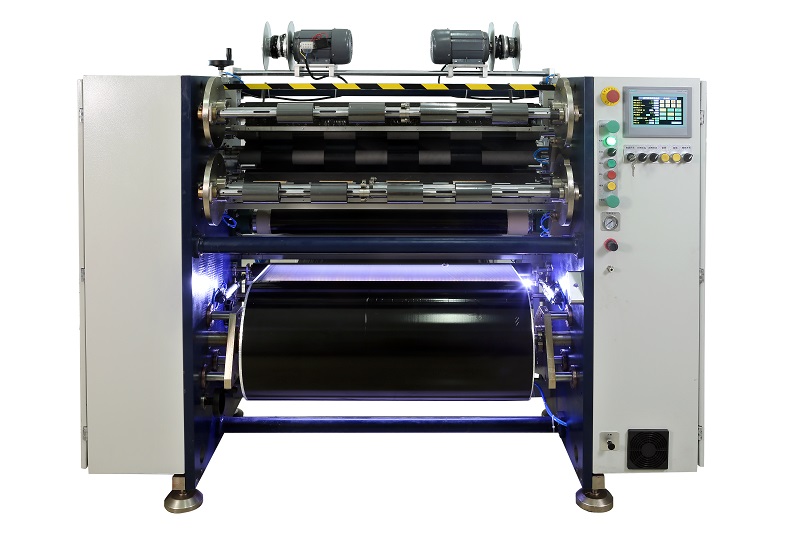 Manual TTR Slitter RSDS2
Manual TTR Slitter RSDS2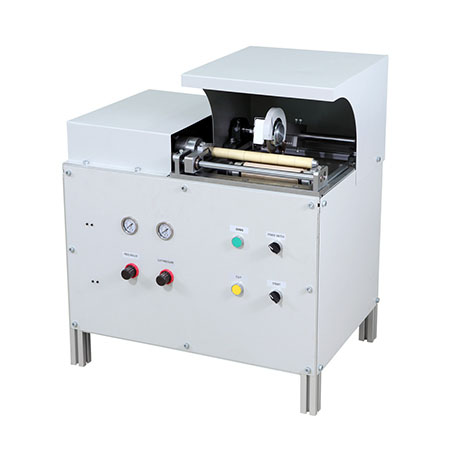 Manual Paper Core Cutter
Manual Paper Core Cutter





